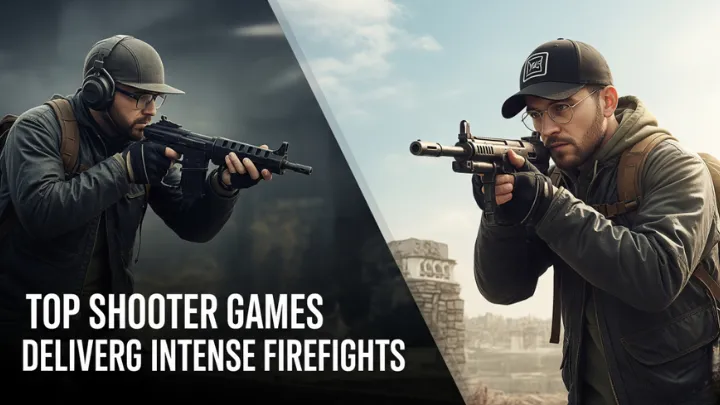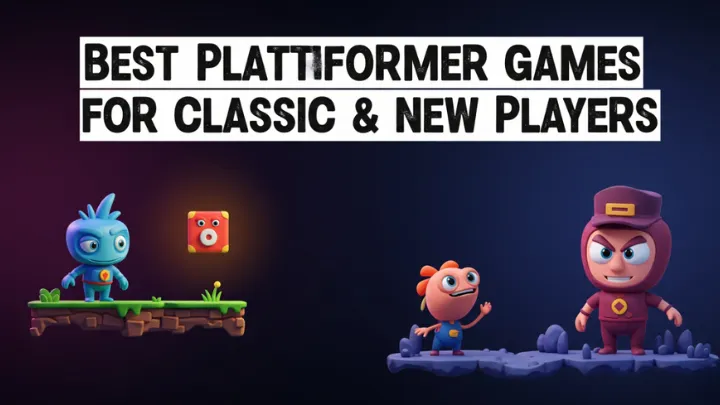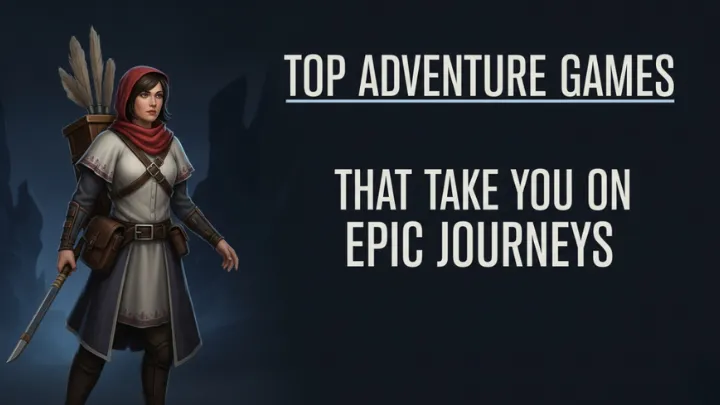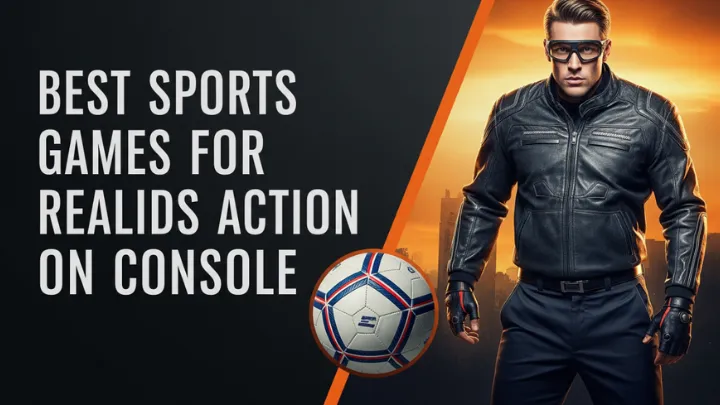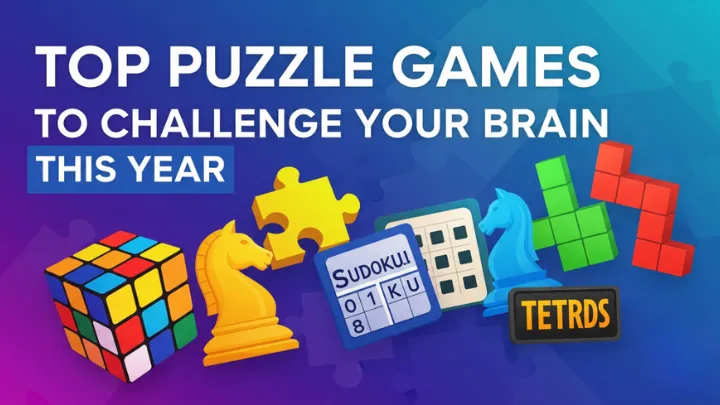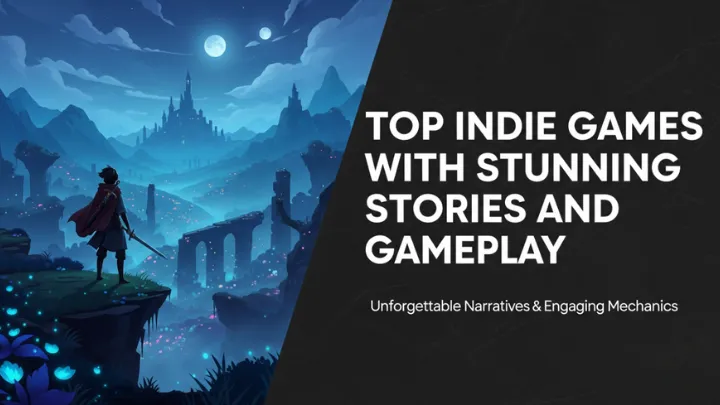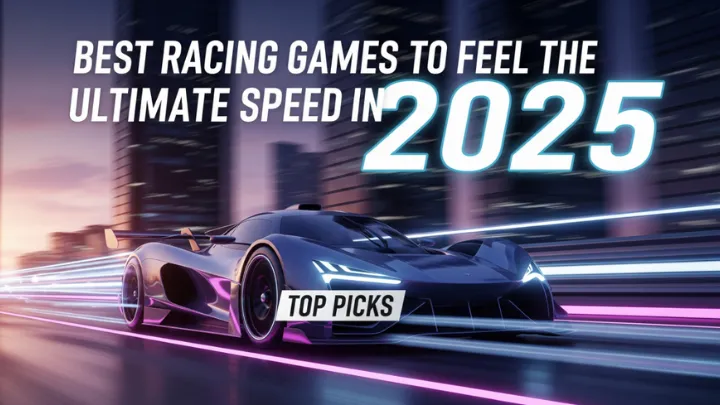Mecha Break is not a game of simple rock-paper-scissors combat; it is a high-stakes, high-speed tactical ballet where victory is earned through a deep understanding of mechanics, impeccable execution, and strategic foresight. For aspiring pilots looking to rise above the common fray and truly dominate the battlefield, a new mindset is required. This guide bypasses the rudimentary tutorials and dives straight into the advanced strategies, nuanced skills, and expert philosophies that separate the elite from the average. To truly master the mecha, you must first master the art of war.
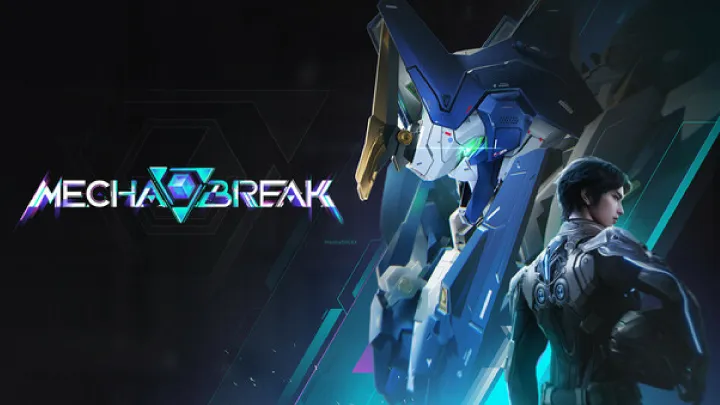
The Art of Movement: Beyond Running and Dodging
Movement is the fundamental language of Mecha Break, a constant negotiation between resource management and positional advantage. A beginner sees the Boost Gauge as a tool for dodging; an expert sees it as a lifeline, an offensive weapon, and a strategic resource to be conserved and exploited.
The dash is your most versatile tool. It's not a panic button but a deliberate action. A skilled pilot uses a dash not just to evade but to reposition, to close a gap for a critical melee strike, or to create distance to reload safely. Mastering the Boost Step—a rapid, low-altitude chain of dashes—allows you to traverse the ground at blistering speeds, presenting a frustratingly small target while conserving the vertical boost for aerial maneuvers. Conversely, the Boost Hop involves a series of calculated jumps and boosts, allowing for rapid vertical and horizontal repositioning that breaks target lock and forces enemies to reacquire.
Aerial combat is a high-risk, high-reward proposition. While airborne, you gain a superior vantage point and can evade most ground-based melee attacks. However, you also become a beacon for ranged fire. The key is to never be predictable. Combine your Boost Hover with lateral dodges to make yourself a frustrating target. Use the air not as a permanent position but as a temporary state to deliver a punishing volley of fire or to escape a disadvantageous melee engagement. Your aerial time should be a calculated fraction of your overall movement, not a constant state.
Strategic Exploitation of Mech Roles
Every mecha class in Mecha Break is a tool with a specific purpose. True mastery lies not just in piloting your own mech effectively but in understanding the purpose and, more critically, the inherent weaknesses of every opposing unit.
Assault mechs are the skirmishers, the assassins. They thrive on speed and burst damage. Your defense against them is not to stand and fight but to use your own mobility to create distance, forcing them into a disadvantageous ranged duel. If you are a Heavy-Type, use your superior armor and AOE abilities to punish them for getting too close. If you are a Sniper, use your radar to anticipate their flank and land a crippling shot before they can close the distance.
Heavy-Type mechs are the immovable objects, the anchors of the team. They have devastating firepower and immense durability but are slow and susceptible to flanking and targeted attacks. Your goal when facing a Heavy-Type is not a head-on engagement unless you are a tank-buster yourself. Instead, coordinate with your team to surround them. An Assault can distract from the front while a Sniper lands critical shots on their exposed weak points, and a Support mech applies debuffs to their armor.
Snipers are glass cannons, deadly from a distance but utterly defenseless up close. The moment a sniper's position is revealed, they become the highest priority target. Utilize your dash to close the distance rapidly. Use the environment—buildings, rock formations, and even vehicle wrecks—to block their line of sight. Force them to reposition, and you have neutralized their effectiveness.
Support mechs are the unseen commanders of the battlefield, their utility often more decisive than raw damage. They can heal, apply debilitating debuffs, and provide crucial buffs to their allies. The biggest mistake a team can make is to ignore the enemy Support. They must be your first priority. A concentrated push to eliminate the Support will cripple the enemy's sustain and create a domino effect of casualties.
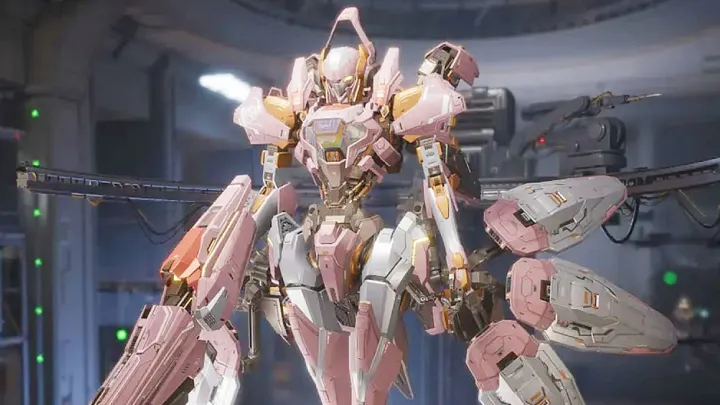
The Art of the Combo: Advanced Combat Techniques
Basic point-and-shoot will not win matches at the highest level. Victory belongs to the pilot who can chain attacks, manage resources, and exploit every millisecond of a fight.
Melee combat is the core of this mastery. Melee attacks are not a last resort; they are an integral part of your damage output. Learn your mecha's full melee combo chain and, crucially, how to interrupt it. The Boost Cancel is a game-changer. By initiating a quick dash at the end of an attack's animation, you can cancel the recovery frames, allowing for immediate follow-up attacks or, more importantly, a quick evasion. A common advanced tactic is to fire a ranged weapon, close the gap with a dash, deliver a few melee blows, Boost Cancel to avoid a counter, and then create distance to reload—a seamless, high-speed dance of destruction.
Resource management is the unspoken currency of combat. Your weapons are subject to Heat and Ammunition limitations. A master pilot never allows their primary weapon to overheat. They fire in controlled bursts, understanding the heat output of each shot, and swap to a secondary weapon or a melee attack to allow the primary to cool down. Wasted ammunition is a wasted opportunity. Every shot must count. Learn to lead your targets, predict their movements, and aim for critical weak points to maximize your efficiency.
Positional Warfare and Mind Games
The battlefield of Mecha Break is your canvas, and your mecha is the brush. The most talented pilots do not just react; they orchestrate the flow of the battle.
Map control is paramount. The team that holds the high ground, the choke points, or the central resource nodes dictates the pace of the match. A successful flank is not a wild, solo charge. It is a calculated, coordinated maneuver. It involves one or more pilots distracting the enemy head-on while a flanking unit moves to strike their exposed side, creating a two-front fight they cannot possibly win.
Target prioritization is the hallmark of an experienced player. In the chaos of a team fight, it's tempting to shoot at the first enemy you see. A professional analyzes the situation instantly. They identify the biggest threat—the sniper who is racking up kills, the heavy-type that is absorbing all the damage, or the support that is keeping the enemy team alive. The immediate goal is to dismantle the enemy team's synergy by eliminating their most critical component.
Finally, you must learn to minimize your own vulnerability. Never stand in the open. Use the environment—buildings, large rocks, and even the wreckage of fallen mechs—as cover. When your armor is low, do not stand your ground. Retreat, break the line of sight, and allow your teammates to take the pressure. A pilot who is alive, even with low health, can still contribute. A dead pilot is a liability.
The Team as a Single, Cohesive Unit
Even the most brilliant solo pilot will be overwhelmed by a well-coordinated team. Mecha Break is a team sport, and communication and synergy are its lifeblood.
A winning team is built on synergistic compositions. A Heavy-Type can act as a shield for an Assault mecha, allowing them to deliver their full damage without fear of being focused down. A Sniper can provide cover fire for a Support mecha, allowing them to heal and buff the frontline without being harassed.
Communication is a non-negotiable skill. Use voice chat or the in-game comms to make clear, concise callouts. "Enemy sniper on the ridge!" "Pushing the heavy, focus fire!" "My boost is low, falling back!" These simple statements ensure that everyone is on the same page and that your team can react as a single, cohesive entity.
The Mental Game: Anticipation and Adaptability
All the skills and strategies outlined above culminate in what is known as game sense—the intangible ability to read the battlefield, anticipate the enemy's moves, and adapt your strategy on the fly. It is the sixth sense of a true master.
Game sense comes from hundreds of hours of play. It is the ability to know that an enemy who just fired their most powerful ability is now vulnerable. It is the instinct that tells you where a flanking enemy is likely to emerge. It is the wisdom to abandon a failed plan and formulate a new one within a matter of seconds.
Mecha Break is a dynamic battlefield, and no plan survives first contact. Adaptability is your greatest asset. If the enemy team is relentlessly flanking, change your formation. If they are an unassailable wall of armor, find a way to split them up and take them on individually. True mastery is not about having a perfect plan; it's about having the ability to react, adapt, and seize victory from the jaws of defeat. Now, get in your cockpit, pilot. The battlefield awaits.









